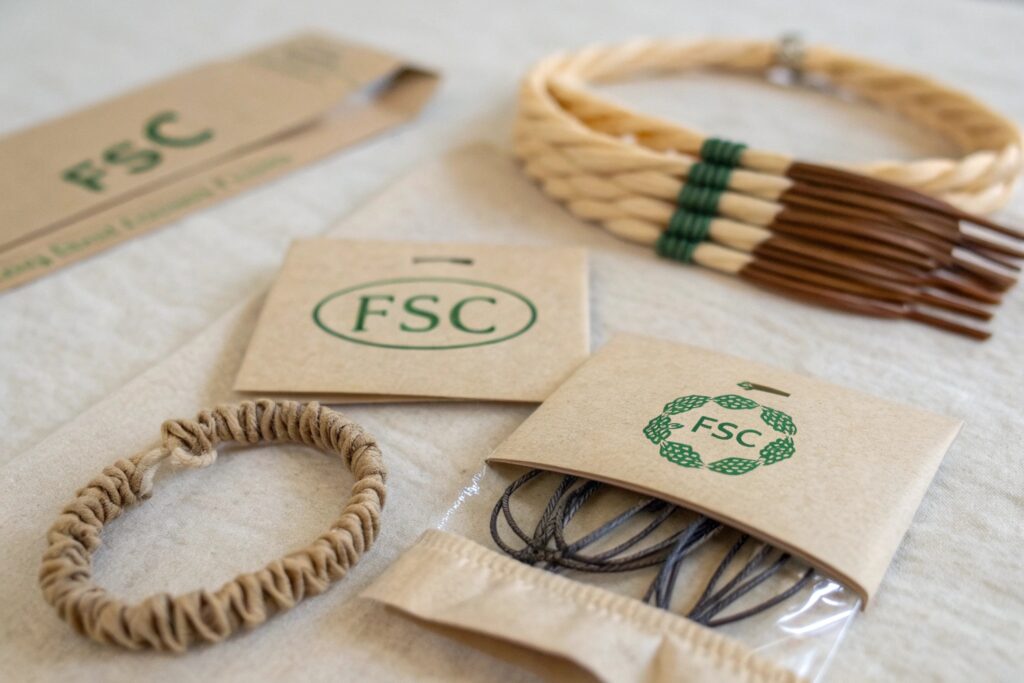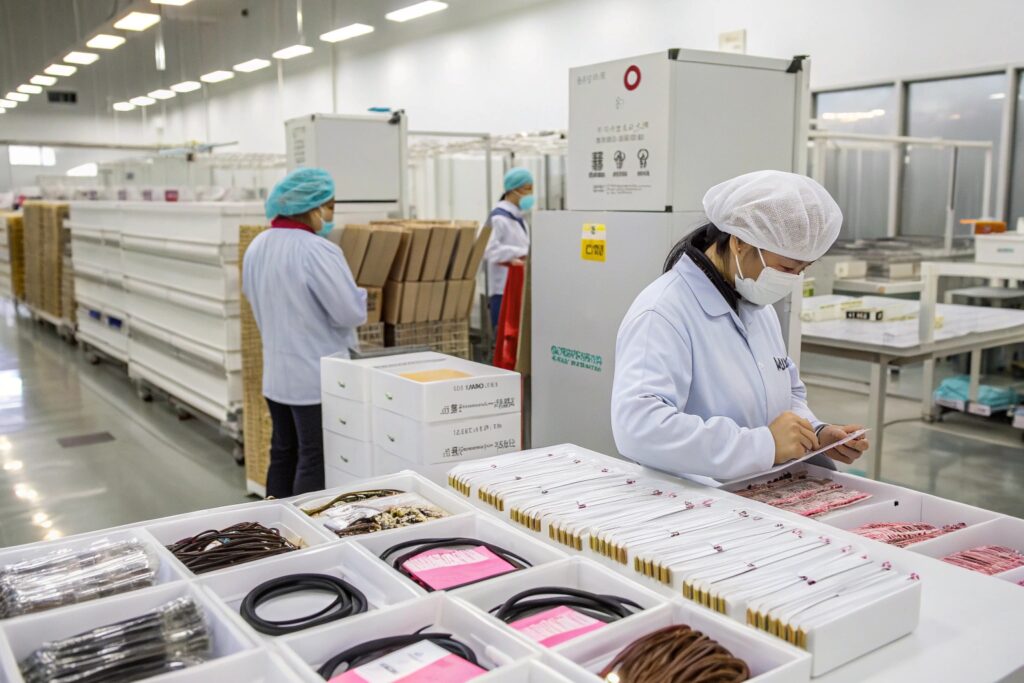Are you aiming to supply hair accessories to major retail stores or global fashion chains? It's not just about trendy looks and competitive pricing—compliance is the gatekeeper to entering shelves at retailers like Target, Walmart, H&M, or Boots. One misstep in regulatory, safety, or ethical compliance can cost you the entire opportunity.
To successfully sell to major global retailers, your hair accessories must meet strict compliance standards related to product safety, labeling, ethical sourcing, sustainability, and factory audits.
I've been in the headwear manufacturing industry for over a decade. Trust me—passing design approval is easy. But getting through compliance checks is what separates scalable brands from risky vendors. Let's explore what you must know before sourcing hair accessories for high-standard retail buyers.
What Are the Key Retail Compliance Standards for Hair Accessories?
From REACH to CPSIA: Know the certifications retailers demand
Each major retail market—US, EU, UK—has its own legal and corporate compliance requirements. Meeting these is non-negotiable for suppliers.
Retail compliance is a mix of government regulations (like REACH or CPSIA) and retailer-specific protocols (like Walmart's Responsible Sourcing Program). As a supplier, your products must meet the most stringent standard applicable. Even a tiny clip must pass toxicology, material safety, and child-use safety regulations if intended for minors.

What Are the Core Categories of Hair Accessory Compliance?
| Category | Description | Examples |
|---|---|---|
| Chemical Safety | Must be free from harmful substances like lead, cadmium, nickel | CPSIA, REACH, RoHS |
| Labeling & Packaging | Proper warnings, materials, barcodes | Country of origin, age warning |
| Ethical Sourcing | Factory and labor audits required | SMETA, BSCI, SEDEX |
| Sustainability | Recycled content, minimal packaging | GRS, FSC packaging |
| Retail-Specific Checks | Walmart, H&M, Target policies | Product test reports, ethical declarations |
Explore compliance guidelines from CPSC.gov, REACH Regulation, and Intertek Retail Solutions.
How Do You Ensure Material Safety Compliance?
Choose compliant raw materials and maintain test documentation
Material safety compliance starts from the very beginning: raw material sourcing. If you can’t prove what your plastic, fabric, or paint contains—you’re not ready for retail.
At HairAcc, we work with certified dyeing and plating factories that support REACH and CPSIA-safe materials. Our production includes random lab tests with SGS and BV to ensure compliance in nickel release, azo dyes, phthalates, and more.

What Documents Should a Compliant Supplier Provide?
Your supplier should deliver:
- Test reports from accredited labs (SGS, TÜV, Intertek)
- MSDS sheets for chemicals and coatings
- COO documents (country of origin)
- Labeling guides that match retail requirements
Buyers should request documents proactively and validate their authenticity. Learn more about material testing on Bureau Veritas and SGS Testing Services.
What Are the Top Labeling and Packaging Mistakes to Avoid?
Mislabeling can block customs clearance or result in fines
Incorrect or missing packaging details are among the top reasons products get flagged by customs or returned by retailers. Something as small as an age warning or missing barcode can shut down a shipment.
We make sure that every HairAcc order destined for retail chains comes with:
- Retail-ready hangtags with SKU, color, and barcode
- Age compliance warnings (especially for bobby pins or small clips)
- Tamper-proof packaging for child-use items

What Are Common Mistakes We’ve Seen?
- Wrongly labeled materials (e.g., polyester marked as silk)
- Untranslated warning labels for EU markets
- Unscannable barcodes or duplicated SKU codes
You can avoid these by reviewing guides like Walmart’s Labeling Manual or Amazon Packaging Requirements.
How Can You Meet Sustainability and Ethical Retailer Policies?
Sustainable sourcing is becoming mandatory in global retail
Retailers now prefer suppliers who actively reduce environmental impact and follow ethical labor policies. It’s not just a PR issue—it’s becoming a legal one in the EU and California.
At HairAcc, we’ve developed a new collection using RPET velvet, organic cotton, and biodegradable plastic alternatives. We also offer FSC-certified paper tags and compostable OPP bags upon request.

How to Align with Sustainable Retail Requirements?
Check if your supplier can support:
- GRS certification for recycled textiles
- FSC-certified packaging
- Low-impact dyes or water-saving processes
- Carbon-neutral shipping options
Retailers like Zalando, H&M, and Nordstrom have published sustainability scorecards. Use them to audit your supplier's capabilities. See GRS Guidelines and FSC Packaging Standards for more info.
Conclusion
Retail compliance isn’t optional—it’s foundational. For any fashion brand, e-commerce seller, or sourcing manager who wants to enter global retail channels, sourcing compliant hair accessories is the first and most crucial step.
At HairAcc, we go beyond beautiful design—we deliver certified, tested, and ethically produced accessories that meet the world’s most demanding retailer standards. Partner with us, and you’ll be one step closer to big retail shelves and repeat orders.









